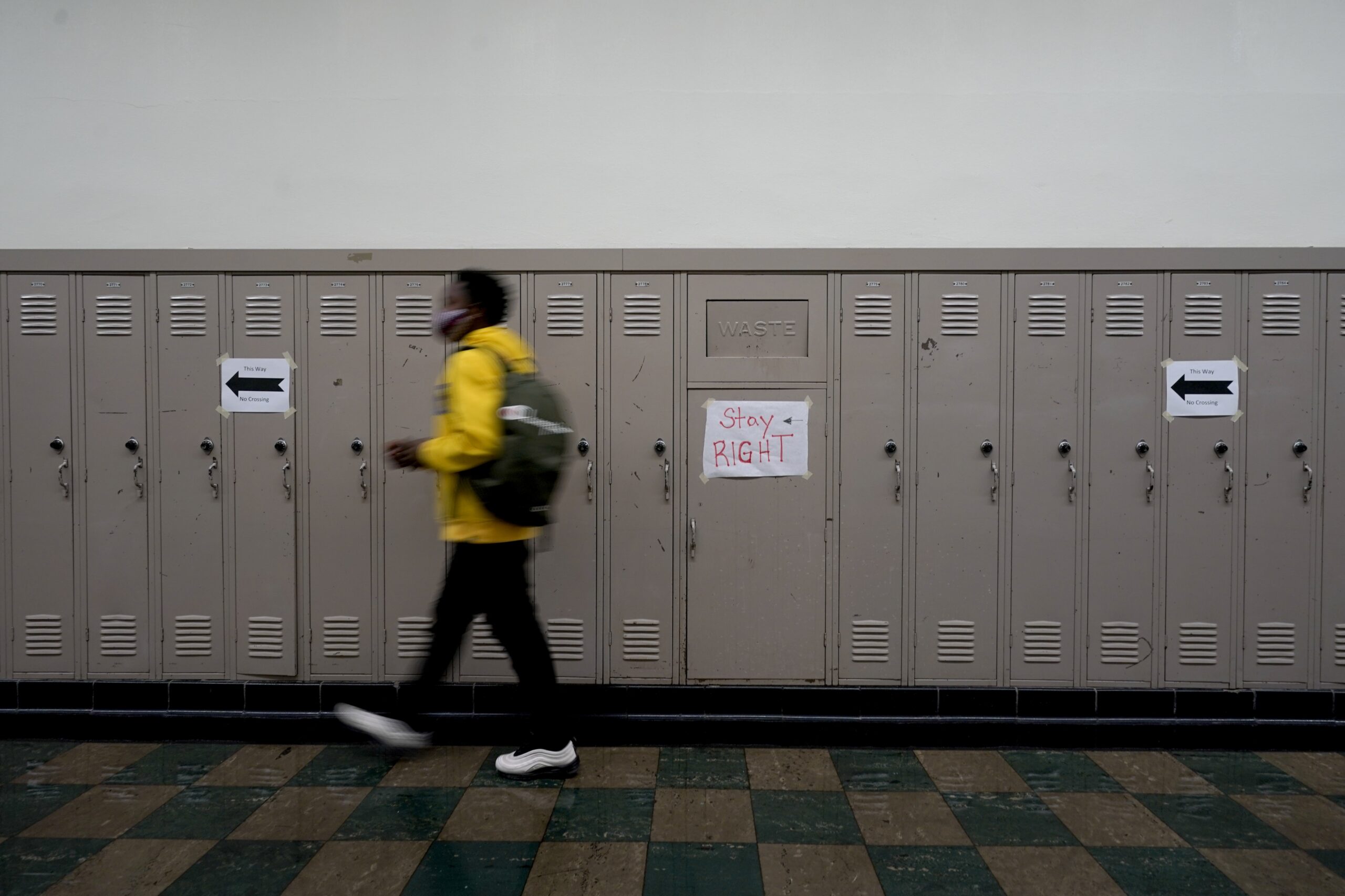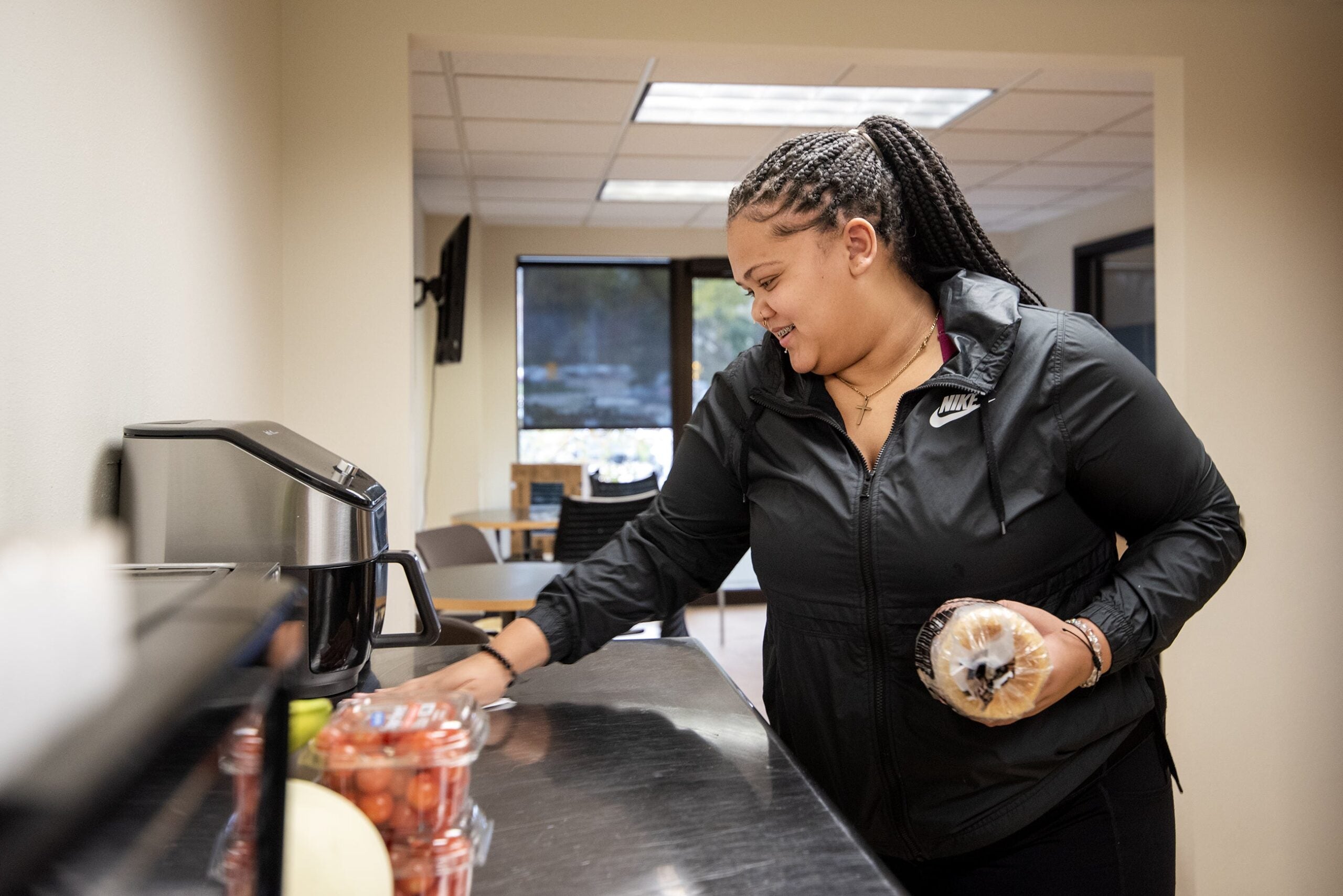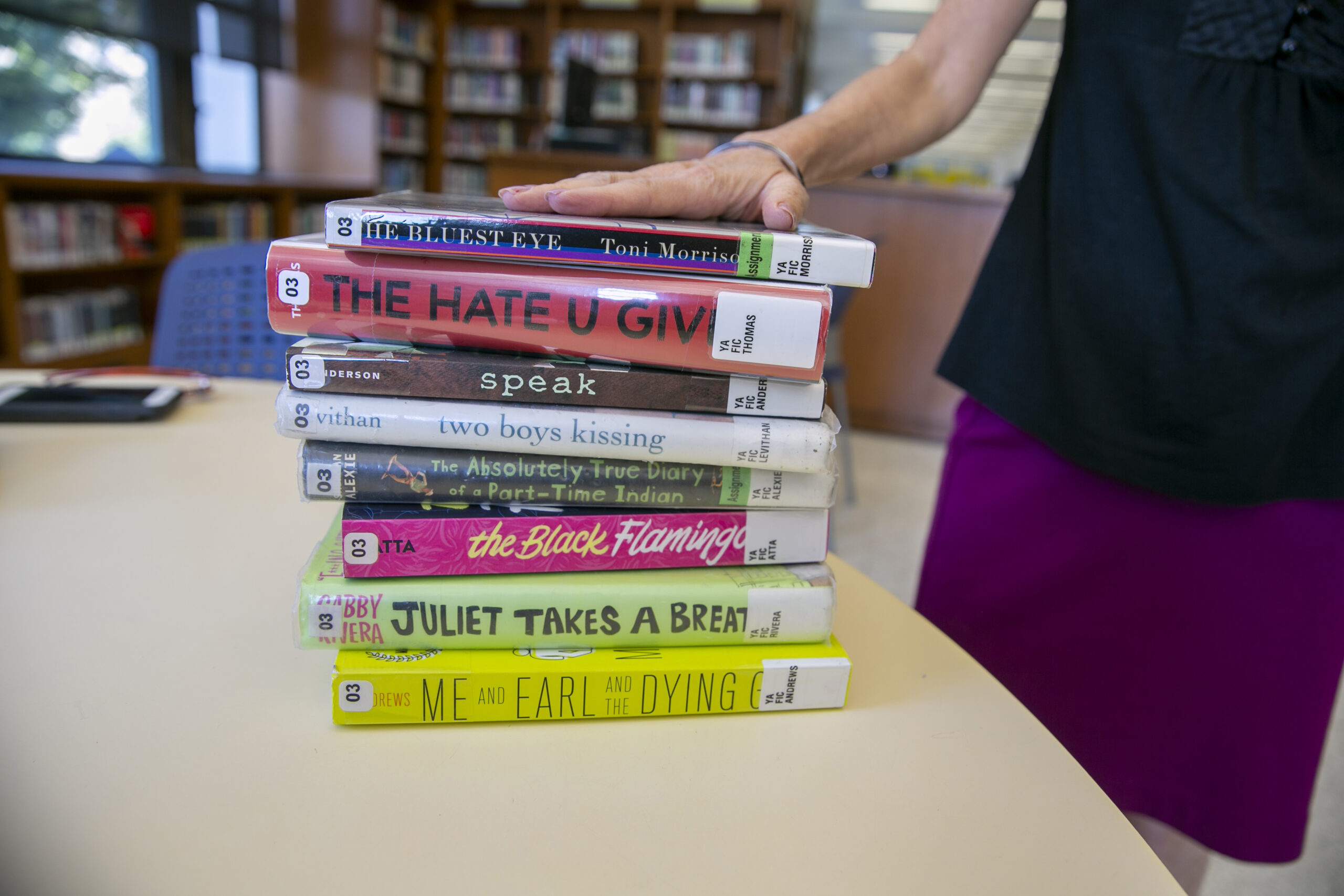Students of color were less likely to have access to fully in-person instruction for most of the last school year than their white peers, according to a recent report published by the Centers for Disease Control and Prevention.
Between September and April of last school year in Wisconsin, about 25 percent of the students captured by the report were enrolled in fully face-to-face learning on average, with about 60 percent learning entirely virtually.
According to the report, Wisconsin, like most of the other states, saw its white, non-Hispanic students start the school year with greater access to full time, in-person learning than students of color. White students also saw a larger increase, between September and April, in access to fully in-person instruction.
News with a little more humanity
WPR’s “Wisconsin Today” newsletter keeps you connected to the state you love without feeling overwhelmed. No paywall. No agenda. No corporate filter.
“We think it’s extremely important that kids learn in person, because we think the potential learning losses and mental health issues are incredibly serious,” said John Schoof, one of the researchers who helped compile the report and who contributes to the COVID-19 School Data Hub.
As the school year went on, the number of nonwhite students who only had access to fully virtual learning modes also decreased, but Schoof said the data suggests that most of those students didn’t transition to fully in-person learning, so they likely ended up in partly virtual, partly in-person classes.
Although virtual learning is a better fit for some students, research shows that in-person learning tends to lead to better academic and mental health outcomes for children.
Heather DuBois Bourenane, executive director of the Wisconsin Public Education Network, said the racial disparities reflect issues of access that started well before the pandemic, but became more evident over the past year.
“What we saw throughout the pandemic was that districts that have been ill-served or underserved by this system for so long had a particularly hard time meeting the needs of their students,” she said. “It is a history of making choices in this state that allow for haves and have-nots across our communities and across our schools, with Black and brown students, students who are English language-learners and students with disabilities consistently being the ones who lose out the most.”
The resources school districts had before the pandemic shaped their decisions on whether to bring back into school buildings because they affected whether class sizes were small enough to allow for social distancing or “cohorting” — splitting students into smaller groups that stayed together to limit the number of people who would need to quarantine in the event of a positive case of COVID-19 — and whether school air filtration systems were up-to-date.
DuBois Bourenane said districts were often trying to make the best decisions they could with the resources they had, since the state education and health agencies didn’t set hard-and-fast rules for when schools should consider reopening, or what level of community infection should trigger a closure.
“There was a lot of uncertainty throughout the year that could have been mitigated by a more universal approach, but there wasn’t,” she said. “Districts really did their best, and everyone’s decisions were based on, what is our personal situation, and what can we do here.”
Researchers on the CDC report collected data from 1,200 school districts across the country out of about 13,000. That included 268,237 students in Wisconsin out of about 820,000 in the state. Schoof said the data his team used included a mix of urban, rural and suburban districts with racial demographics that align well with the makeup of the nation’s schools.
“We do think this study does a really good job of describing what the situation has been like for a lot of students over the past year,” he said.
The study adds national context to previous examinations of Wisconsin’s learning modes during the pandemic, like an April report from the Wisconsin Policy Forum that showed the majority of urban schools and schools with more students of color stayed virtual.
Wisconsin Public Radio, © Copyright 2026, Board of Regents of the University of Wisconsin System and Wisconsin Educational Communications Board.



